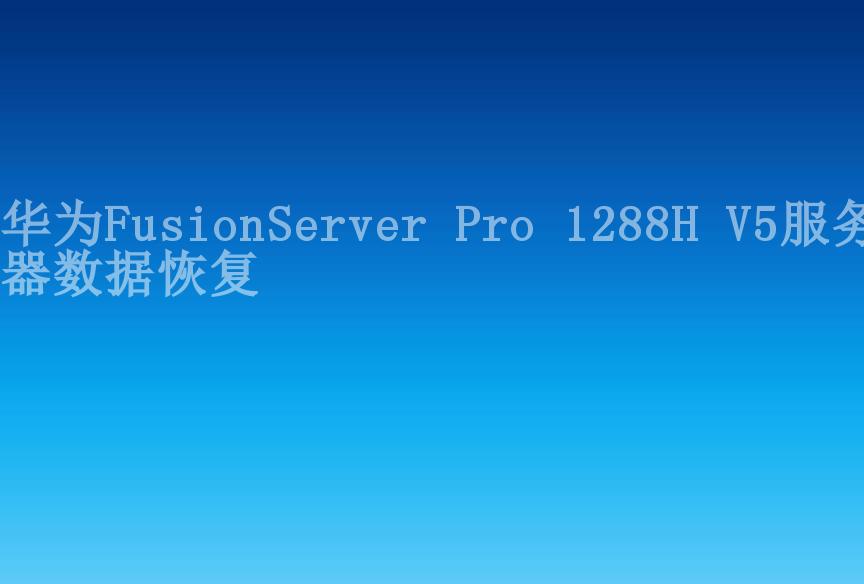重置bios后raid恢复,bios不小心设置恢复默认值了 (解决方法与步骤)
下面内容仅为某些场景参考,为稳妥起见请先联系上面的专业技术工程师,具体环境具体分析。
2023-09-30 22:03 76
RAID 0 stands for Redundant Array of Independent Disks level 0. It is a storage technology that combines multiple hard drives in a system to increase performance and storage capacity. When you restore the BIOS to its default settings, it will typically disable any existing RAID configurations.


When RAID 0 is enabled, data is split evenly across multiple hard drives, allowing for improved read and write speeds. However, one downside of RAID 0 is that if one drive fails, all the data stored on the entire array may be lost.
If the BIOS has been reset to default settings, any existing RAID configurations will be lost, including RAID 0. You will need to reconfigure the RAID setup if you still want to use RAID 0.
To set up RAID 0, you will typically need to enter the BIOS and look for a RAID configuration menu. From there, you can select the hard drives you want to include in the RAID array and choose the appropriate RAID level (in this case, RAID 0). However, the exact steps may vary depending on the motherboard and BIOS version you are using.
It's important to note that setting up RAID 0 should only be done if you are aware of the potential risks, such as increased chances of data loss in case of drive failure. Additionally, RAID 0 does not provide any redundancy or backup capability.












